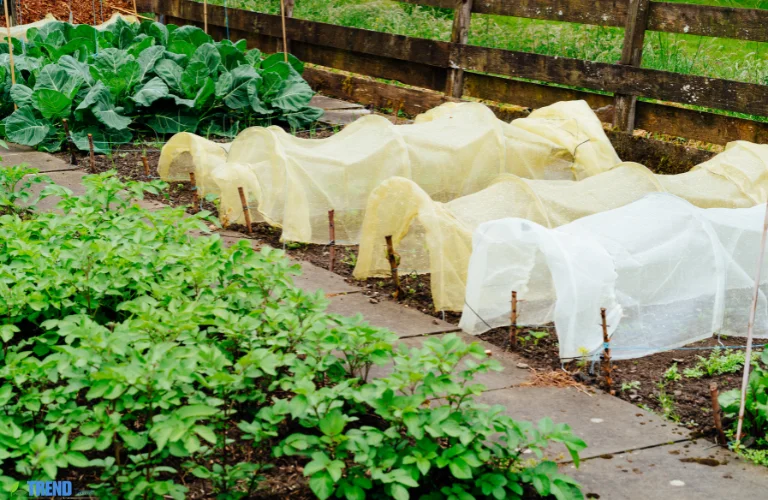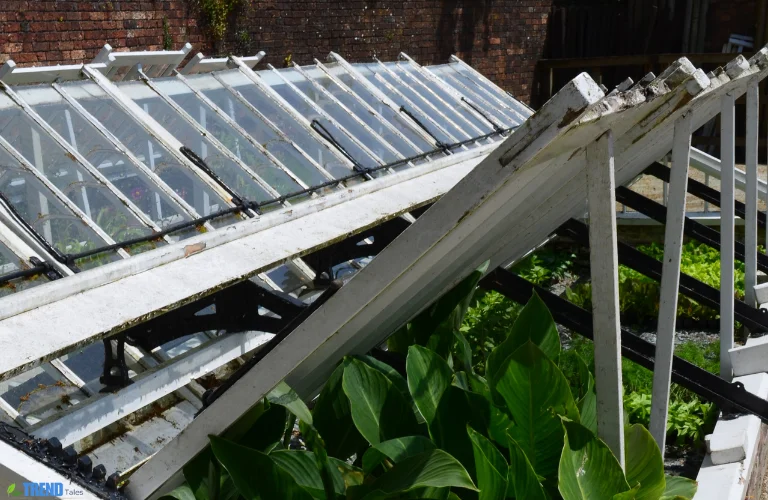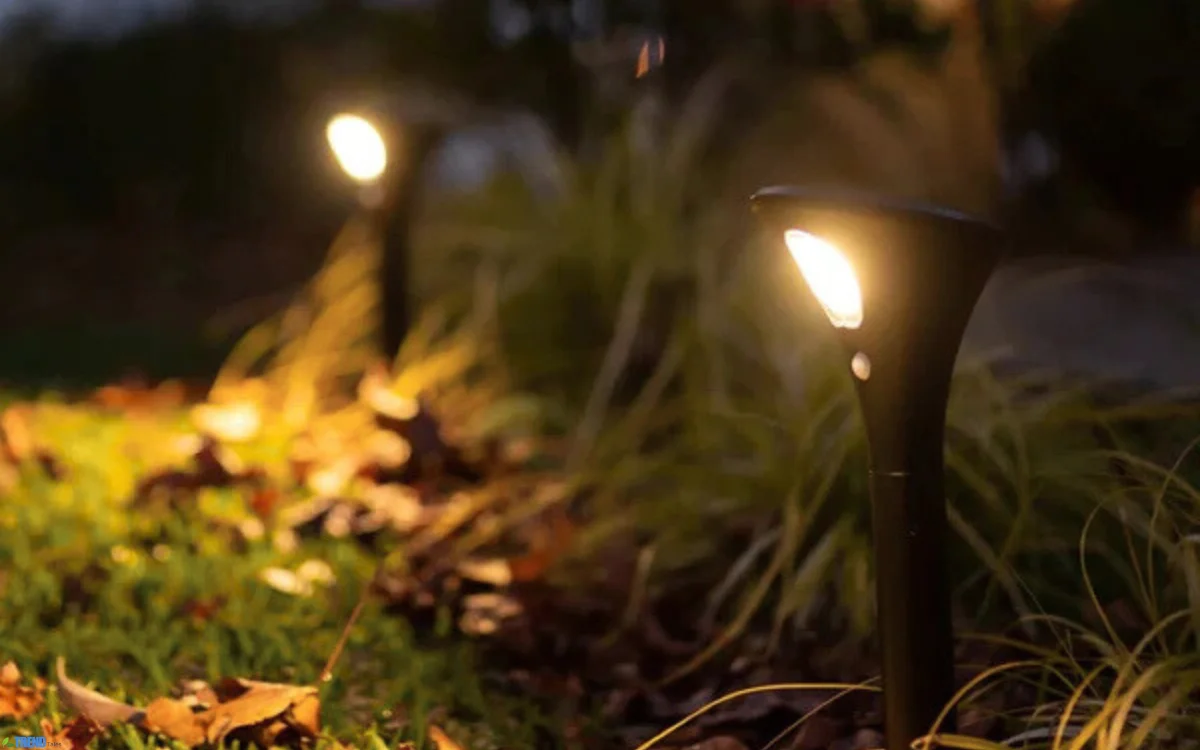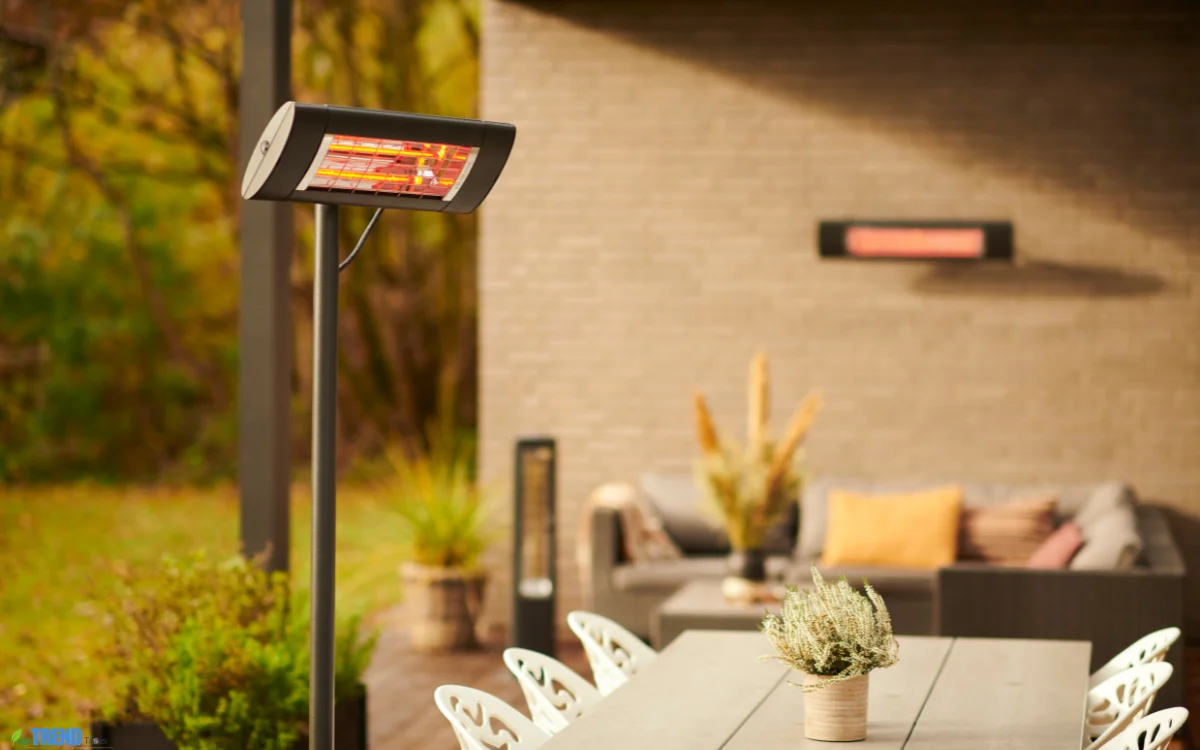Garden Cloches: The Essential Tool for Every Gardener

In today’s changing climate, gardeners face unpredictable weather, pests, and shorter growing windows. That’s where garden cloches come in small, simple covers that offer big protection. Whether you’re growing vegetables, herbs, or flowers, these handy tools can shield your plants, extend your season, and improve overall yield.
From novice growers to seasoned green thumbs, many are turning to garden cloches as an easy and affordable solution for plant protection. Lightweight, portable, and effective, they can make a noticeable difference in your garden’s productivity, no matter its size.
Why Garden Cloches Are Gaining Popularity
Garden cloches are a favorite among gardeners for their ability to create microclimates. These protective structures trap heat, hold moisture, and block pests, making them a multifunctional tool for nearly every type of plant. Originally made from glass in a bell shape, modern versions come in many sizes and materials to suit all kinds of garden spaces.
They’re especially useful in early spring or late fall, when the weather is unpredictable. With a garden cloche, you can plant earlier and keep growing longer—without the risk of frostbite damaging young seedlings or ripening vegetables.
Besides being functional, garden cloches also enhance the visual appeal of your garden. Their compact design adds a vintage or organized look to garden beds and patios. Many gardeners enjoy how neat and uniform their garden looks when cloches are added, especially when paired with raised beds or container gardens.
Types of Garden Cloches You Can Use
There are several types of garden cloches available on the market and for DIY use. Choosing the right type depends on what you’re growing, your climate, and how much space you have.
Bell Cloches
These are the traditional dome-shaped covers, usually made of glass or strong plastic. Bell cloches trap warmth and moisture but still allow sunlight to reach the plant. They’re ideal for covering single plants and are often used for frost protection.
Tunnel Cloches
Tunnel cloches are perfect for rows of crops. They stretch across garden beds and offer protection from wind, frost, and pests. Most are made from clear plastic, mesh, or fleece, providing different levels of light and insulation.
Mesh Cloches
If pests are your main problem, mesh garden cloches are the best choice. They’re made from lightweight fabric or metal frames covered with fine netting to keep out birds, rabbits, and insects while still letting sun and rain through.
DIY Garden Cloches
Many gardeners make their own cloches from recycled materials. Clear plastic bottles, glass jars, or cut milk jugs all work well as budget-friendly alternatives. DIY cloches are especially useful for small gardens or container setups.
You can also create wire-framed mesh cloches using chicken wire or garden netting. These are ideal for protecting seedlings while still providing airflow and visibility.
What Can You Grow Under Garden Cloches?
They are incredibly versatile. They can protect everything from tender seedlings to mature flowering plants. Here’s how they help different garden favorites:
Vegetables
Cloches are especially useful for cool-season vegetables. Use them to start lettuce, spinach, carrots, radishes, and broccoli earlier than you normally could. Tomatoes and peppers also benefit from early warmth when they’re first planted.
Some gardeners even use cloches for melons and cucumbers in colder zones, giving heat-loving plants a better start.
Herbs
Herbs like basil, parsley, dill, and cilantro grow better when provided with the extra warmth and wind protection that cloches deliver. You can get an earlier and more robust harvest, especially in container gardens or raised beds.
Cloches can also be used for overwintering certain herbs, giving them a better chance to return in the spring.
Flowers
Protect early-blooming flowers like marigolds, petunias, and pansies with garden cloches. They help young plants establish quickly and produce more flowers throughout the season.
Perennials started from seed benefit greatly from early cloche protection, especially when grown outdoors from a young age.
Benefits of Using Garden Cloches
Gardeners love garden cloches for their many advantages. Here are some key reasons to use them:
- Frost protection: Keeps plants safe from light freezes and sudden cold snaps.
- Pest control: Deters birds, insects, and small animals without chemicals.
- Wind barrier: Reduces wind stress on delicate plants.
- Enhanced growth: The increased warmth and moisture levels inside cloches accelerate seed germination and plant development.
- Extended growing period: Enables earlier spring planting and prolongs harvesting into late fall.
- Water conservation: Reduces evaporation, helping retain soil moisture in hot or windy climates.
How to Use Garden Cloches Effectively
To get the best results from your garden cloches, follow these practical tips:
Provide Ventilation
Cloches can trap too much heat during sunny days. Be sure to lift or remove them during midday or hot weather to prevent overheating your plants.
Anchor Them Properly
Always secure your cloches to the ground using soil, stakes, or weights. This keeps them from being blown away by wind or knocked over by animals.
Remove Gradually
When your plants are well-established, harden them off by removing the cloches during the day and replacing them at night. This gradual transition prevents shock.
Keep Them Clean
Wash reusable cloches between uses to remove dirt, bacteria, or pests. Store them in a dry place to ensure they last for many seasons.
Garden Cloches vs. Cold Frames
Many gardeners wonder how garden cloches differ from cold frames. Both offer plant protection, but they serve different purposes. Cloches are compact, lightweight, and ideal for protecting a single plant or a small group of plants. Cold frames are larger structures, typically built with wooden frames and glass or plastic lids, suitable for entire garden beds.
If you’re just starting out or have limited space, cloches are a simpler and more affordable option. They’re also easier to move, store, and customize for your specific needs.
Eco-Friendly Gardening with Cloches
Using garden cloches can also help you garden more sustainably. By reducing the need for pesticides and water, they contribute to healthier soil and ecosystems. Many cloches are reusable, and if you make your own from recycled items, you’re also reducing waste.
In urban areas where garden space is limited, cloches make it easier to grow food at home, helping to cut down on grocery trips and promote self-sufficiency. Even a balcony or rooftop garden can benefit from well-placed cloches that protect plants and conserve resources.
Conclusion
Garden cloches are one of the simplest yet most effective tools for gardeners of all experience levels. Whether you’re looking to protect seedlings, boost growth, or extend your season, these covers offer year round advantages.
Affordable, reusable, and easy to apply, they are a must-have for anyone who wants to take their gardening to the next level. With so many types available, you’re sure to find the perfect fit for your garden.
FAQs About Garden Cloches
Q1. What materials are best for garden cloches?
Glass and thick plastic provide the most insulation. Mesh and fabric cloches are better for pest control.
Q2. Can I use them all year round?
Yes, but they’re most useful during early spring and late autumn. In hot weather, remove or ventilate them.
Q3. Are DIY cloches effective?
Absolutely. Repurposed plastic bottles or jars can work just as well for small plants or containers.
Q4. Do garden cloches need to be removed?
Yes. Once your plants are strong and the weather stabilizes, remove or gradually phase out the cloches.
Q5. How long do reusable cloches last?
With proper care and storage, reusable cloches can last for many years, saving you money and reducing waste.




1 comment